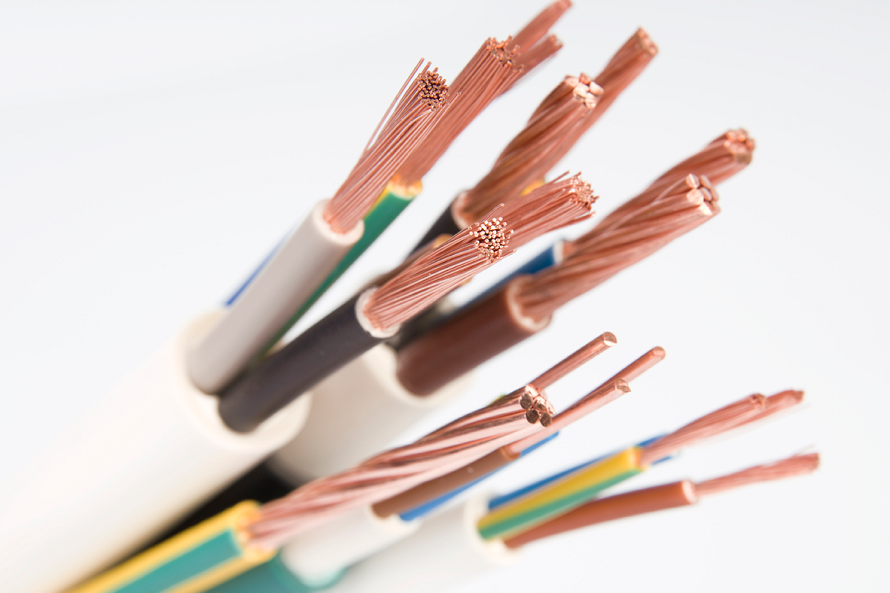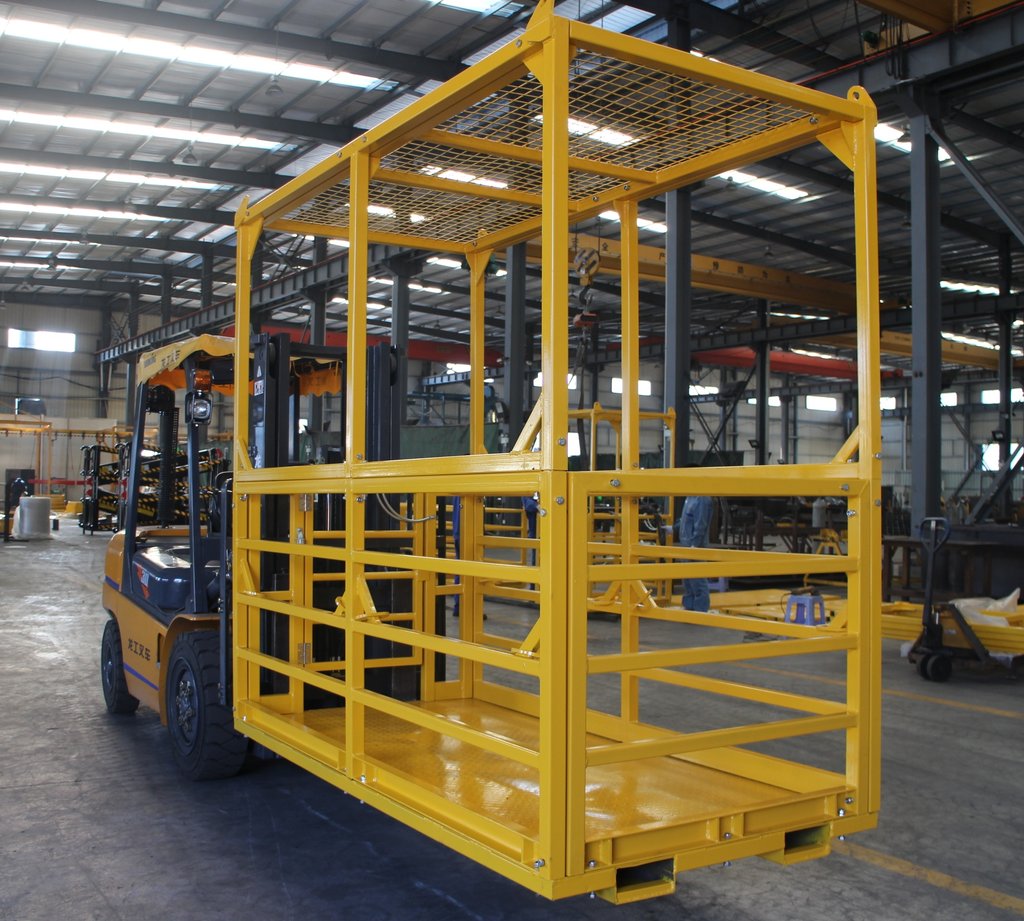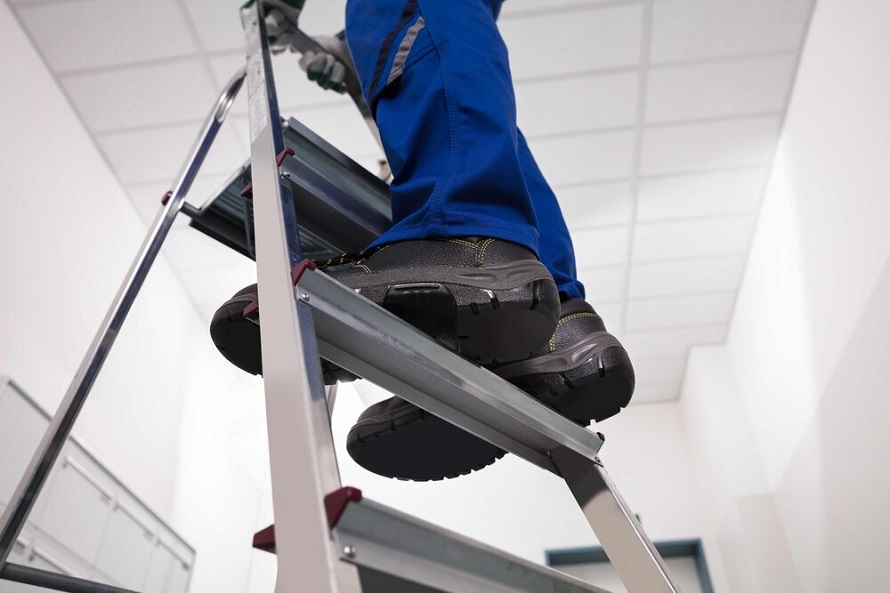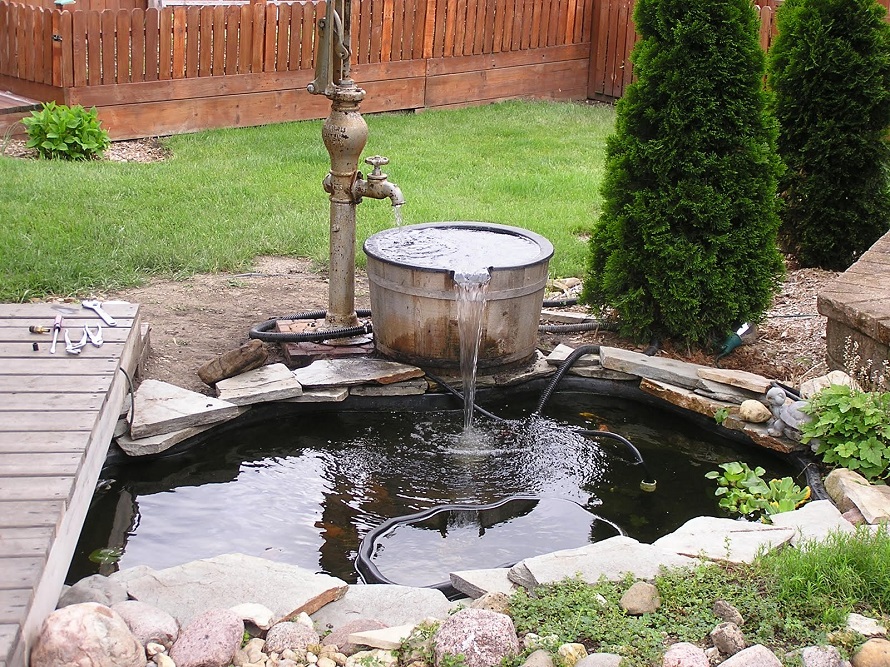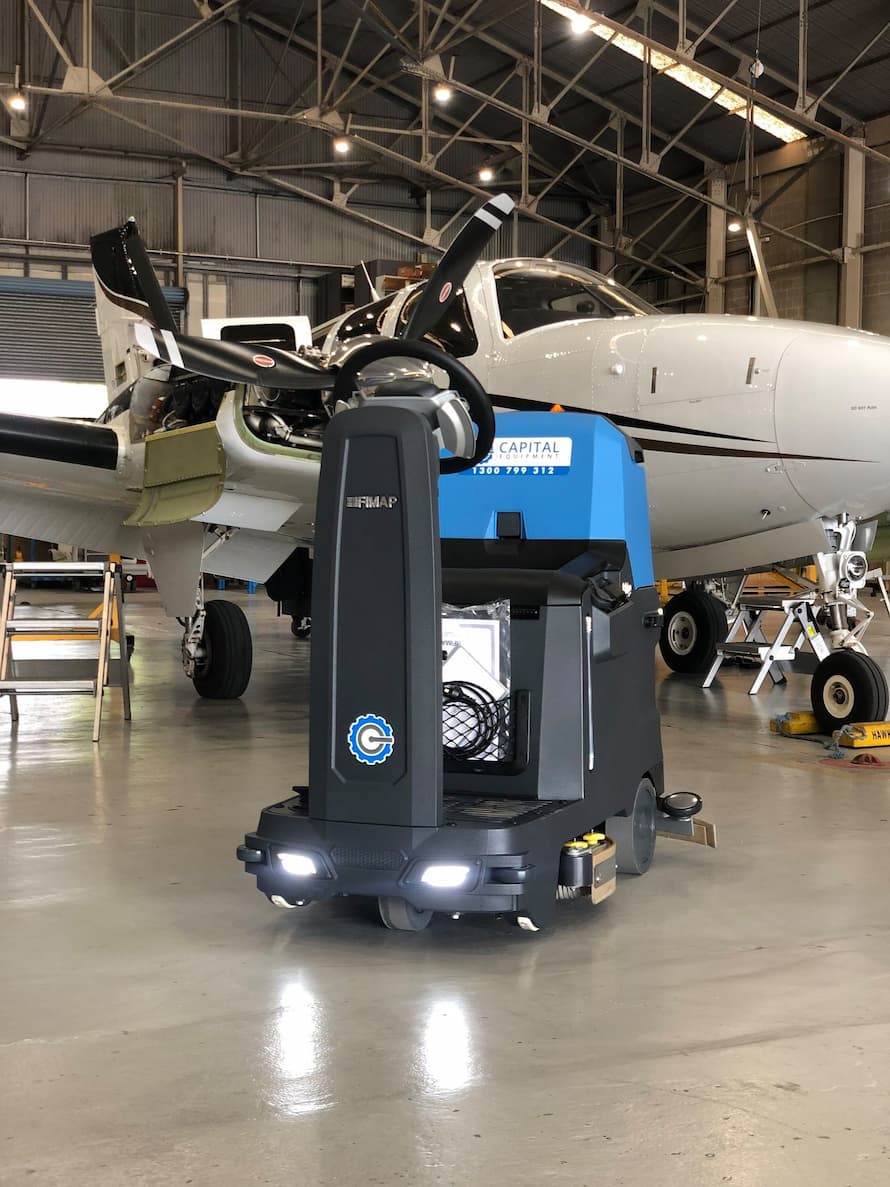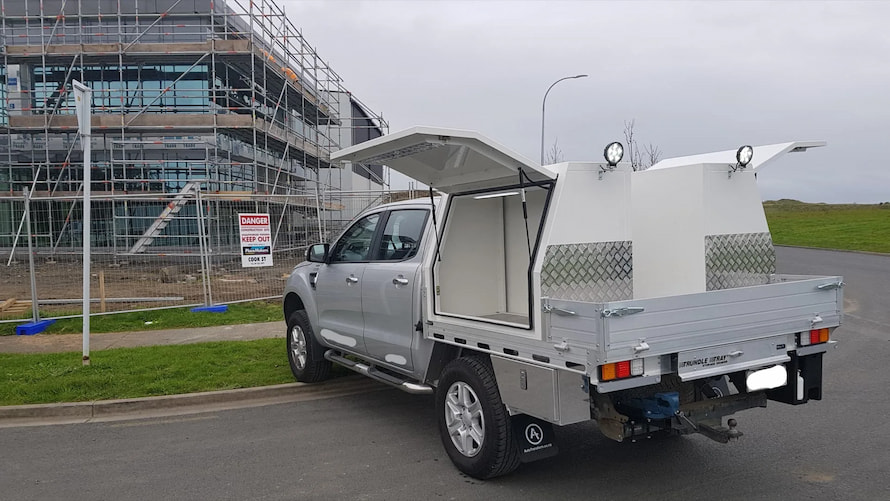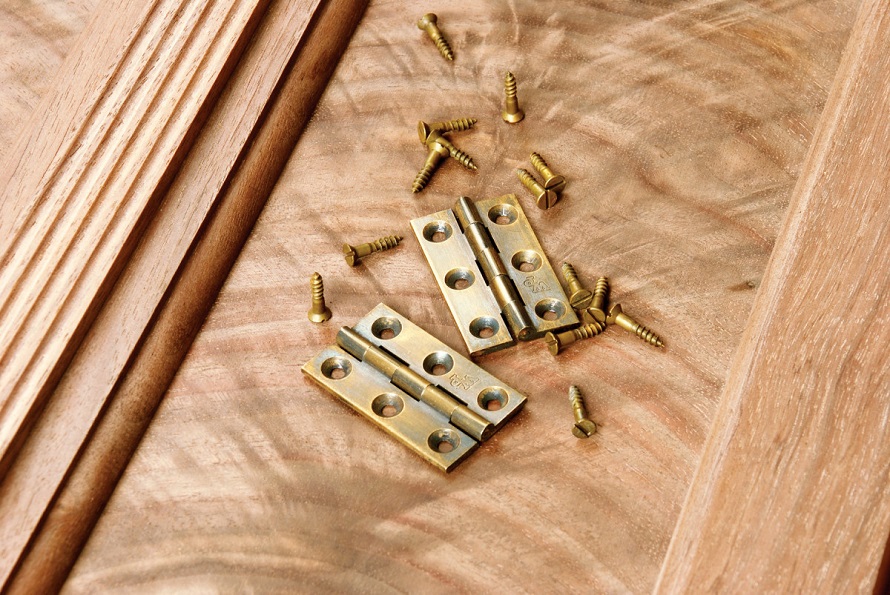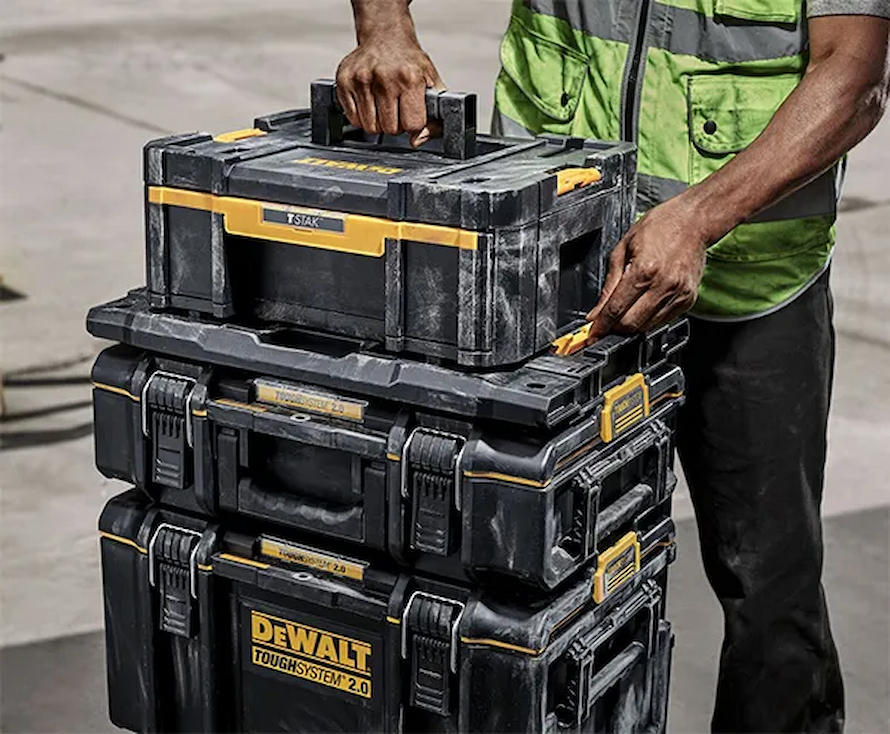Industry
Wire Sizes, Colour Code and Conduits Explained
A big part of performing electrical repairs and remodelling includes wiring and how to identify it, shop for it and install it with the right connections. If you’re looking to tackle any electrical project, learning the basics of wiring sizes, colour coding and the different types of conduits is the best place to start. Picking a properly sized wire is essential to any electrical installation, and the type of conduit plays a crucial role in protecting the wire. Wire sizing indicates the diameter of the conductor of the wire and it’s based on the AWG (American Wire Gauge) system. The gauge of a wire relates to how much amperage the wire can handle, or in other words, it’s current-carrying capacity. When picking the right size of the wire, some of the factors you’ll need to consider are the gauge of the wire, the wire capacity and what will it be used for. Wires that aren’t properly matched to the amperage of the circuits they’re connected to can create a fire hazard or a short circuit.
Understanding the colour coding will help you identify what the wires are used for and it will help you maintain consistency within a complex electrical system. Colour coding is used on both the individual wires within the conduit or cable, as well as on the outer sheathing of bundled cables. It also relates to the cable’s amperage rating and the size of the wires inside the cable. For instance, yellow non-metallic cables are rated for 20-amp circuits, whereas white-sheathed non-metallic cables are used for 15-amp circuits. However, the colouring on individual conducting wires doesn’t typically indicate the rating or size, but instead the standard use of the wire. For instance, red and black wires are usually used for current-carrying connections, whereas white wires are generally grounded neutral conductors.
I mentioned conduit a couple of times, but what exactly is a conduit and what’s its purpose? Conduits are plastic or metal pipes through which the wires are run. There are rigid and flexible cable conduit types to protect the wires in exposed locations, such as along the exterior surface of a wall. Additionally, they can be used in unfinished areas, like crawlspaces, basements, attics and surface-mounted outdoor installations. These are the four most commonly used types of cable conduits.
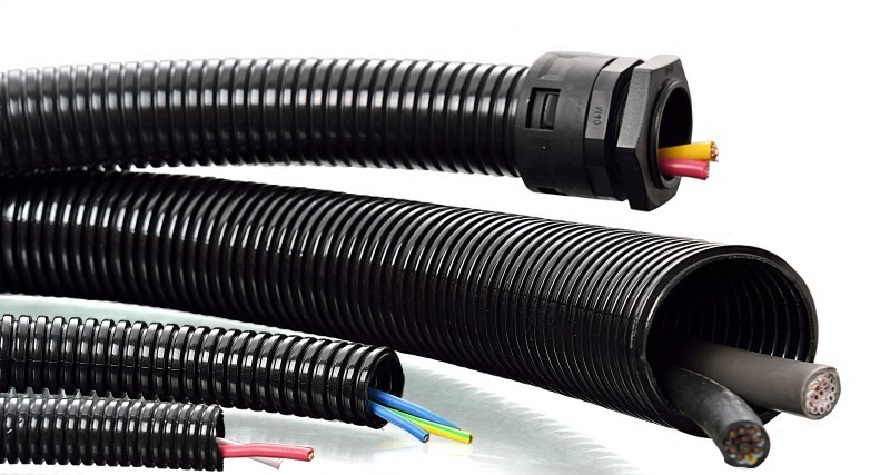
- EMT, or electrical metallic conduits are rigid and thin-walled, usually made of galvanised steel. Due to the fact that they’re thin-walled and lightweight, you can easily bend them with a conduit bender if you need to, but they can’t be threaded like heavier conduits.
- FMT, or flexible metal cable conduits feature a spiral construction that allows them to bend easily, which makes installing them simpler. A flexible cable conduit is typically used for short runs in exposed locations, like wiring for water heaters or garbage disposers.
- IMC and RMC, or intermediate and rigid metal conduits are heavy-duty conduits used for structural piping that houses the wiring of home connections to utility service lines. IMC has replaced RMC for the most part in new construction, and both types are joined with threaded connections.
- PVC conduits are similar in size to EMT, except they’re made out of plastic. PVC can be bent and heated, and it can be joined with threaded connections or glue.
- LFMC, or liquid-tight flexible metal conduits are flexible metal conduits covered with a layer of plastic sheathing to make it 100% watertight. These conduits are used for outdoor wirings, like serving air conditioning units and other types of outdoor equipment.
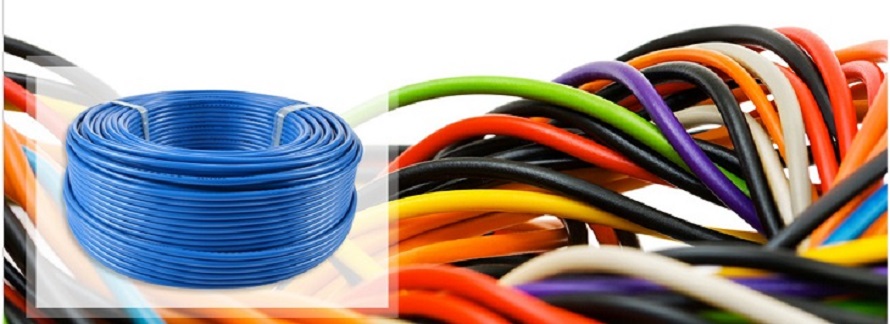
At first, electrical conduits appear similar to armoured cable wiring. Just like conduits, armoured cables can be used in exposed locations. The main difference between the two is that armoured cables can’t be used in wet or damp locations, in places where damage might occur, or places exposed to corrosive conditions. Further, conduits always terminate at an electrical box or equipment serving as an electrical box. To secure the conduit to the boxes, and to join the lengths of the conduit together in order to form bends or long, straight runs, special connectors are used. The connectors, conduit and boxes form a wire enclosure system commonly known as a raceway. Most of the time, the conduit material will match the box material. For instance, plastic conduits are used with plastic boxes, but they can also be used with metal boxes as well as special connectors. Metal conduits, however, must only be used with metal boxes.
In some metal conduit installations, the raceway – conduit, connector and boxes – serve as the ground for circuits. This way, the metal raceway acts in place of the grounding wire that’s typically found in non-metallic cables (this is also the reason why metal boxes should only be used with metal conduits). These types of grounding systems were common in older constructions than they are today, and many electricians include an insulated ground wire in a metal conduit today as the preferred method of grounding the circuit. In order for metal raceways to serve as a ground, all of its parts need to be electrically connected without interruptions. If a plastic box is installed in the raceway, or if any connection gets loose, the ground path will be broken, which will leave the circuit ungrounded.


